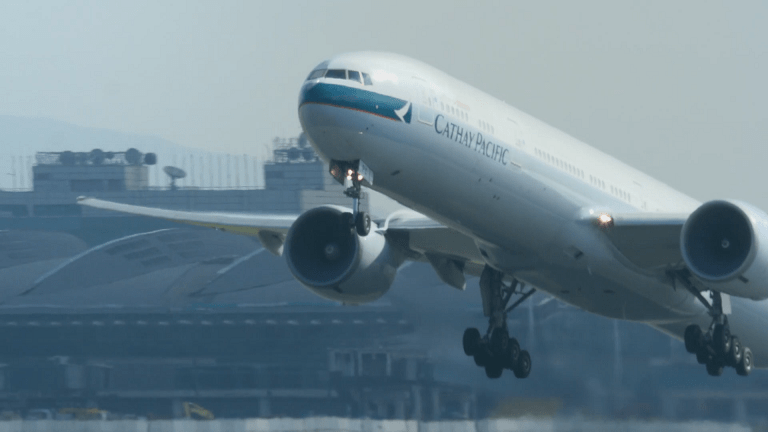The Asia-Pacific region has been hailed as the “growth pole” of the global aviation industry, and airlines transport 40% of the world’s passengers. Most of the aircraft planned by Boeing and Airbus are delivered to Asia-Pacific Airlines. However, the COVID-19 epidemic has put everything to a standstill, and many booming airlines are struggling to die.
According to the global air transport industry financial expectation report released by the International Air Transport Association in November, the total loss of Asia-Pacific airlines is expected to be $39.2 billion this year and next year. Passenger volume will also decline by more than 60% this year, and the total revenue of airlines will also decline by about 59%.
Airlines have to rely on government subsidies to take measures such as grounding flights, restructuring, salary cuts, layoffs and other measures to help themselves through the difficulties.
Hong Kong, China: The SAR government injects capital and shares in private companies for the first time
Cathay Pacific Group is the largest airline in Hong Kong, China. After the outbreak of COVID-19, Cathay Pacific’s carrying capacity fell to a low point. In the first 10 months of 2020, the number of passengers carried decreased 84.6% compared with the same period last year, the capacity fell 76.5%, and the revenue fell 82.6%.
On June 9, Cathay Pacific Group announced that it would implement a capital restructuring plan totaling 39 billion Hong Kong dollars. As an important source of funding in the restructuring plan, the HKSAR Government will rescue Cathay Pacific for the first time by injecting capital and holding shares in private companies.
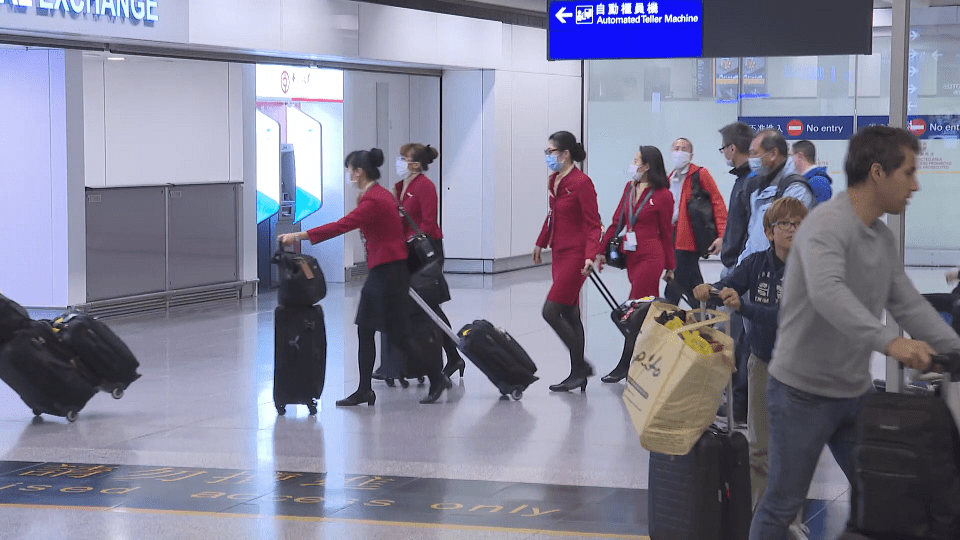
On October 21, Cathay Pacific once again announced its corporate restructuring, cutting about 8,500 jobs, stopping the operation of Cathay Pacific Dragon Airlines, and all employees will not receive salary increases in 2021. These measures have reduced Cathay Pacific’s monthly cash expenditure by about HK$500 million, or about 30%.
Singapore: Issue bonds to raise funds
Singapore Airlines in Southeast Asia has been ranked among the top three best airlines in the world for many consecutive years. However, as a city-based country, without the support of domestic flights, SIA has been particularly hit.
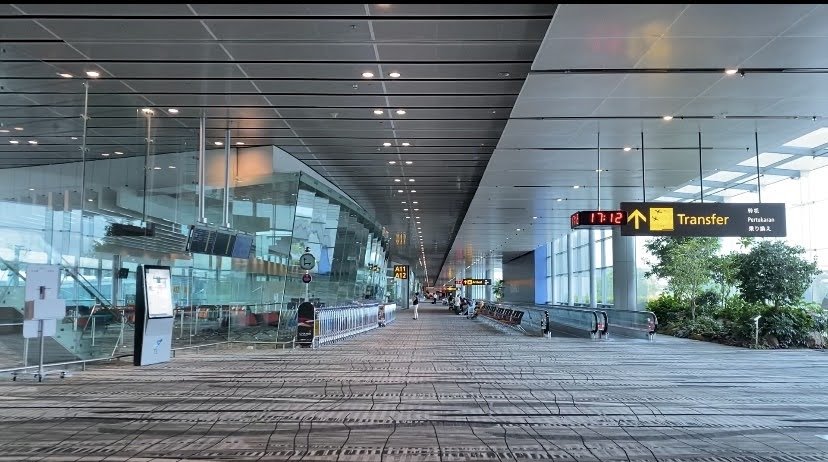
According to the data released by SIA Group on November 6, due to a 98.9% decline in passenger volume, SIA lost a net loss of S$3.467 billion in the first half of the fiscal year to the end of August. To this end, Air China issued bonds and accessory shares twice, raising 9.65 billion Singapore dollars and announced 4,300 layoffs in September. The Singapore government has assumed up to 75% of the wages in this field.
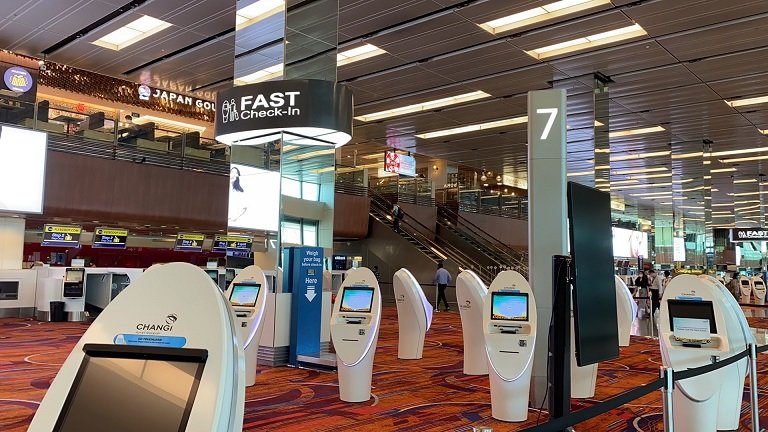
Wang Yikang, Singapore’s Transport Minister, said that the first task is to reconnect with the outside world as soon as possible and revitalize the status of the world’s aviation hub in the spirit of “taking the West”.
South Korea: Open source and save money, passenger planes change cargo planes
South Korea has two major airlines and seven low-cost airlines. In the second quarter of this year, the number of passengers on international and domestic routes of the nine South Korean airlines was only 5.57 million, a sharp decrease of 76.4% year-on-year. Among them, international routes have suffered a heavy setback due to the coronavirus epidemic, and the number of passengers has decreased by 97.8%.
In order to open source and reduce traffic, airlines have invested in freight services. South Korea’s Ministry of Land, Infrastructure and Transport has also formulated benchmarks for the safety operation of passenger aircraft and freight, actively providing policy support. In fact, not only South Korea, but also Singapore Airlines has vigorously promoted the “passenger aircraft to cargo aircraft”. SIA Technology plans to renovate 25 to 30 old passenger aircraft every year.
In addition, with the help of the South Korean government, Korean Airlines plans to acquire Asian Airlines. After the successful acquisition, Korean Airlines will be among the top ten airlines in the world, but it also raises concerns about industry monopoly.
Australia, New Zealand: grounded, reorganized, layoffs and sold
The aviation industry in Australia and New Zealand is equally bad. Towards the end of the year, the outbreak of COVID-19 in the northern beach area of Sydney, Australia’s largest city, followed by the spread of the epidemic locally. Australian states that have just opened their state boundaries to each other again tighten border control measures to prohibit or restrict the entry of residents from Sydney.
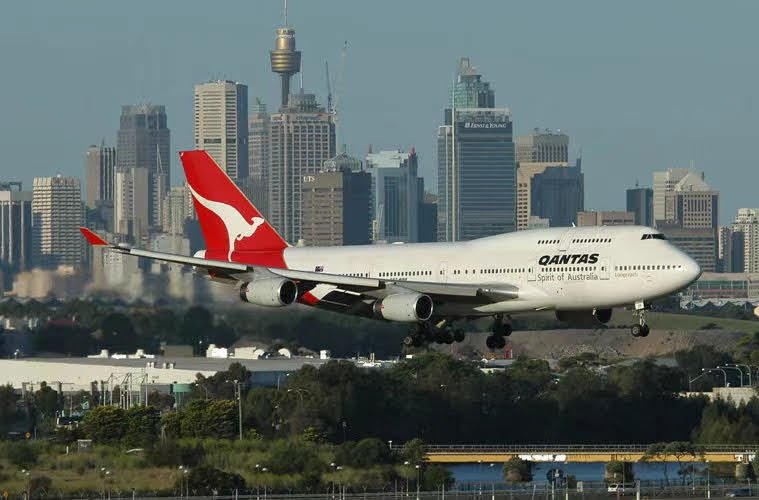
Australia’s two major airlines, Qantas and Virgin Airlines, lost nearly 2.5 billion USD. Flights at Auckland Airport, New Zealand’s largest aviation hub, have dropped from an average of 2,000 to 100 per week.
Airlines of the two countries have to seal up more than half of their aircraft, lay off 30% of their jobs, apply for government subsidies, and some airlines are even struggling to sell on the verge of bankruptcy.
India: Restart domestic routes to relieve pressure
In South Asia, India has more than 10 million confirmed cases of COVID-19, and about 3 million jobs have been lost in the aviation industry and related fields.
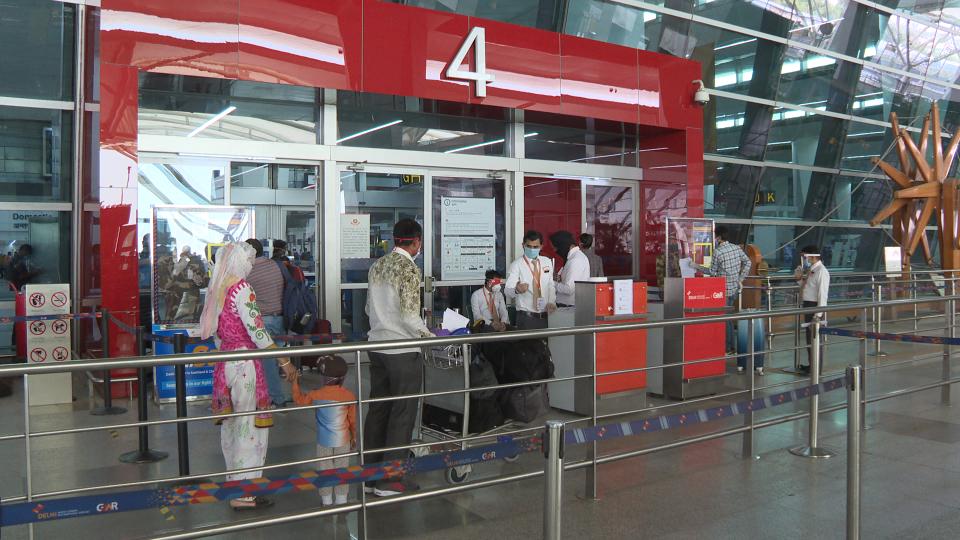
Under economic pressure, India restarted domestic flights as early as May; India’s civil aviation department tried to restart international flights after January next year, but was worried that many countries affected by the epidemic might not open international flights to India.
International Air Transport Association: return to pre-epidemic levels in 2024
The International Air Transport Association said that with the emergence of vaccines, airlines do not expect cash flow to turn into surplus until at least the fourth quarter of 2021 and will not return to pre-epidemic levels in 2024. The road to recovery of the aviation industry is difficult and long.


